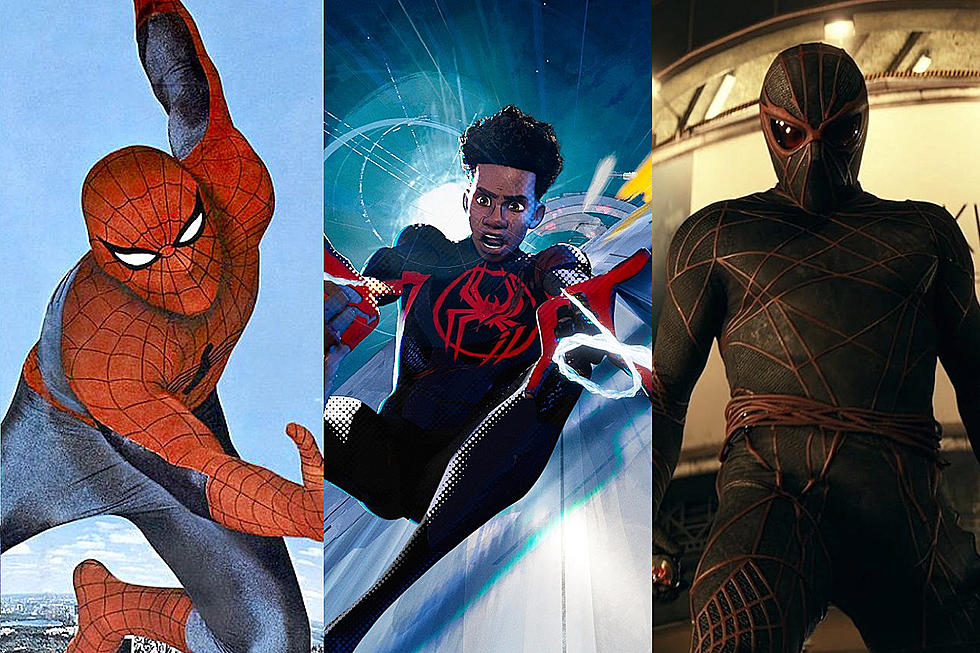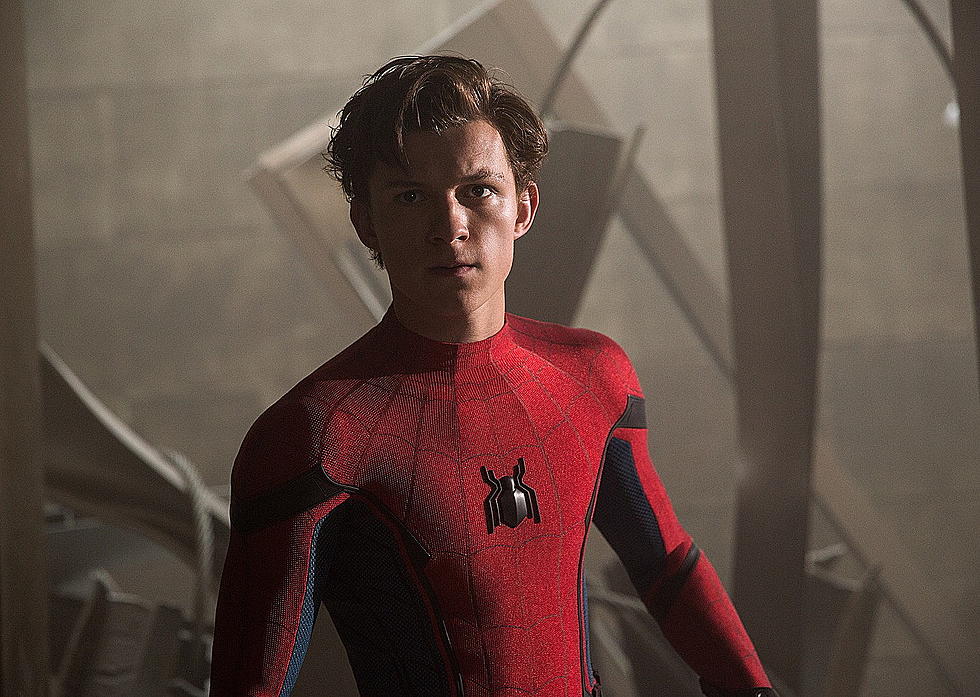
Defining The Marvel Style: A Tribute To The Great John Romita
When listing the great living legends of comics, there are few who loom larger than John Romita Sr. He's the man who defined the look of Marvel Comics for generations of readers, serving as the company's in-house art director, drawing hundreds of comics and designing many of the company's most famous characters.
John Romita was born in Brooklyn, New York, on January 24 1930, and showed a keen interest in drawing from an early age. He attended high school at the School Of Industrial Art on 79th Street in Manhattan, and after graduating in 1947 took on commercial art jobs for a year before breaking into the comics industry in 1949 with a story in Eastern Color's Famous Funnies.
He soon began to assist a friend on art for Stan Lee's Timely Comics, and though he initially served as an uncredited ghost, he started signing his own name to his work and began working directly for Lee. He was drafted into the Army in 1951, and was stationed on Governor's Island, providing art for promotional materials. He continued to freelance for Lee's company, now known as Atlas, working on various series (including 1953's short-lived revival of Captain America) through 1957, when the company fell on hard times and cut their line back to a mere handful of titles.
Romita then moved over to DC Comics, where he was assigned to editor Phyllis Reed's family of romance titles, and quickly moved up to become one of her go-to artists, pencilling hundreds of interior stories, drawing the vast majority of the line's covers, and developing the glamorous, expressive style that would become his trademark.
But by late 1965, Romita once again found himself without a steady gig, as DC found themselves with a surfeit of inventory and decided to stop commissioning new stories for their romance books. Having a family to support, he decided to move into commercial art, and had already taken a job at an advertising agency when Stan Lee convinced him to return to the former Timely/Atlas, who had renamed themselves Marvel and were in the process of turning the industry upside-down with their new line of superhero series.
His first work at Marvel was inking Avengers #23 over Don Heck (and inking the cover over Jack Kirby's pencils). He then penciled an eight-issue stint on Daredevil before being tapped by Lee to take over as artist of The Amazing Spider-Man with issue #39, following co-creator Steve Ditko's departure --- and Romita took what could have easily been a thankless assignment, and rose to the occasion.
Over the next five years, he would design and/or introduce a number of new cast members (including Mary Jane Watson, Wilson Fisk/The Kingpin, The Rhino, The Prowler, and The Shocker), build the series into Marvel's best-seller, and deliver what, for many readers, is still the definitive interpretation of the title character. The skinny, awkward high schooler that Ditko had created was maturing into a more confident college student, and Romita's polished linework was the key to that transformation.
Through the early '70s, Romita served as the series' primary architect, working as penciller, inker, layout artist, and/or cover artist. During this time, he also quickly became one of Marvel's most valuable in-house employees, making art corrections, instructing new artists in the "Marvel method" of storytelling, and filling in on various series whenever help was needed (including memorable runs on Thor and Fantastic Four). In 1972, he was officially named the company's art director.
Over the next two decades, he would do a little bit of everything, effectively determining the look and feel of the Marvel Universe. He designed new characters (including The Punisher, Wolverine, Satana, Tigra, and Luke Cage), oversaw all covers and licensing art, drew countless pieces for various titles and products, and lent a unified sensibility to Marvel's entire slate of titles. Meanwhile, his wife Virginia Romita took on the job of Marvel's "traffic manager" and his son John Romita Jr. began to work for the company, first taking on all manner of odd assignments, and eventually rising through the ranks to become one of the publisher's most prolific and popular artists.
During this time, Romita Sr. also created and supervised Marvel's all-ages Spidey Super-Stories title, and re-teamed with Lee to launch the syndicated Spider-Man newspaper comic in 1977, staying on as the strip's penciller through the end of 1980.
Despite all this, he still found time to draw the occasional story or cover, maintain his duties as art director, and provide art for many of Marvel's licensed series, promo materials, and non-comics projects. In 1984, under editor-in-chief Jim Shooter, he founded "Romita's Raiders", a Marvel apprentice program that assisted in making art corrections for the entire line, and included many young talents that would go on to have long and storied careers of their own --- including Greg Capullo, Tom Morgan, Rodney Ramos, Don Hudson, Kevin Maguire, and quite a few others.
And though he retired from full-time employment by the early '90s, John Romita Sr. has continued to work to this day --- sometimes teamed with his superstar son, sometimes handling special assignments all his own. He remains an active presence in the industry, and has received many of the medium's highest honors and awards, including an induction into the Will Eisner Comic Book Hall Of Fame in 2002.
To mark this past weekend's anniversary of his birth, we're pleased to salute John Romita Sr., one of the all-time greats.
Check Out Some Fascinating Spider-Man Facts
More From ComicsAlliance







![The Wild, Tear-Filled World of Heartbreak: The Best Romance Comic Covers Ever [Love & Sex Week]](http://townsquare.media/site/622/files/2017/02/featured1.png?w=980&q=75)

